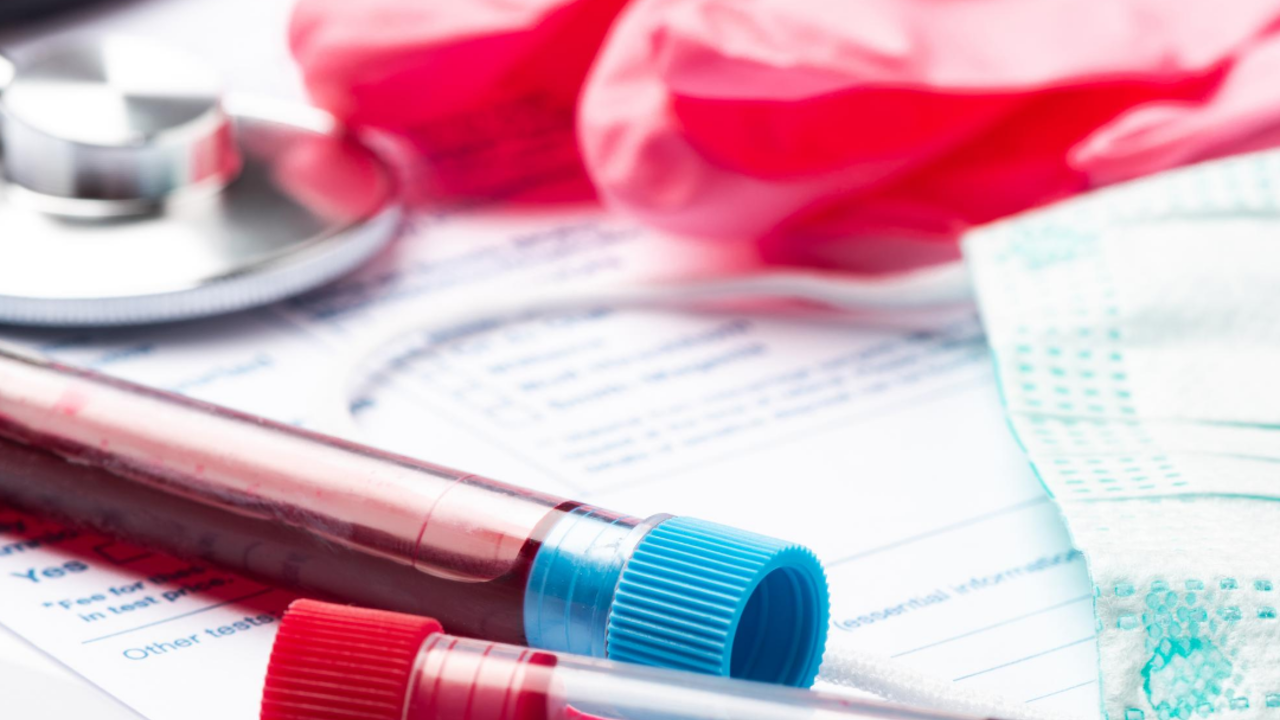Should you worry about Pediatric Inflammatory Multi-system Syndrome?

Children were a population thought to be left relatively untouched by the novel coronavirus. They reportedly had very mild symptoms and it was believed that many had the disease without suffering from the symptoms.
On April 27, an alert circulated from the U.K. Pediatric Intensive Care society about a multi-system inflammatory disease in children with COVID-19, based on a small rise in the number of critically ill children with this illness in England
Since then, pediatric hospitals in the US have also started sharing stories of children suffering from pediatric inflammatory multisystem syndrome (PIMS).
What is this PIMS syndrome?
During the May 2 International PICU-COVID-19 Collaboration conference call involving pediatric experts from different specialties, panelists described a syndrome temporally associated with COVID-19, marked by persistent fever, inflammation, poor function in one or more organs, and other specific clinical and laboratory features (see below) not attributable to other infections.
The key take away messages were:
a) It is very rare (thus far)
b) medical attention and specialist involvement should be sought promptly if the child shows the following symptoms because some children get sicker rapidly.
(sourced from The Royal College of Pediatrics and Child health, UK https://www.rcpch.ac.uk/sites/default/files/2020-05/COVID-19-Paediatric-multisystem-%20inflammatory%20syndrome-20200501.pdf)

Some children presented with some or all features seen in Kawasaki disease, features observed included fever, rash, conjunctivitis; red, swollen hands; and red, cracked lips. Some children had clinical and laboratory signs of cytokine storm syndrome, an exaggerated systemic immune response that has caused organ damage in adults with COVID-19. To date, most children affected have done well
If your child does become ill and maintains a high fever that lasts for several days, appears ill or fatigued, call your child’s doctor and seek medical attention immediately.
Because symptoms vary from child to child, the main thing to watch for is fever and your child appearing fatigued and ill. Children whose illness includes Kawasaki-like disease may have a rash, bloodshot eyes; red, swollen hands; and red, cracked lips. Those whose illness involves the GI tract may have diarrhea or a swollen abdomen. Some children may have joint pain. Of note, children may not always have alarming respiratory symptoms. The best thing to do if you are concerned, is to call your doctor or pediatrician immediately and get their medical opinion.
Why is this happening now when the curve seems to be flattening?
We don't have enough information to fully explain this yet. Some doctors propose that it may be a delayed inflammatory response to the infection, occurring in those with genetic susceptibility. Some affected children tested negative on nasal swab but had a positive antibody test, indicating that it could be a inflammatory complication that arises later in the disease, when the virus is no longer found in the nasopharynx. A lot of research is being conducted right now to try and identify what the driving forces are behind this syndrome. And as we learn more, I will keep you updated.
In the meantime, please remember that so far, this looks like a rare complication, so do not be fearful, but do be on the look out if your child falls sick and be sure to call your doctor if you are concerned.

